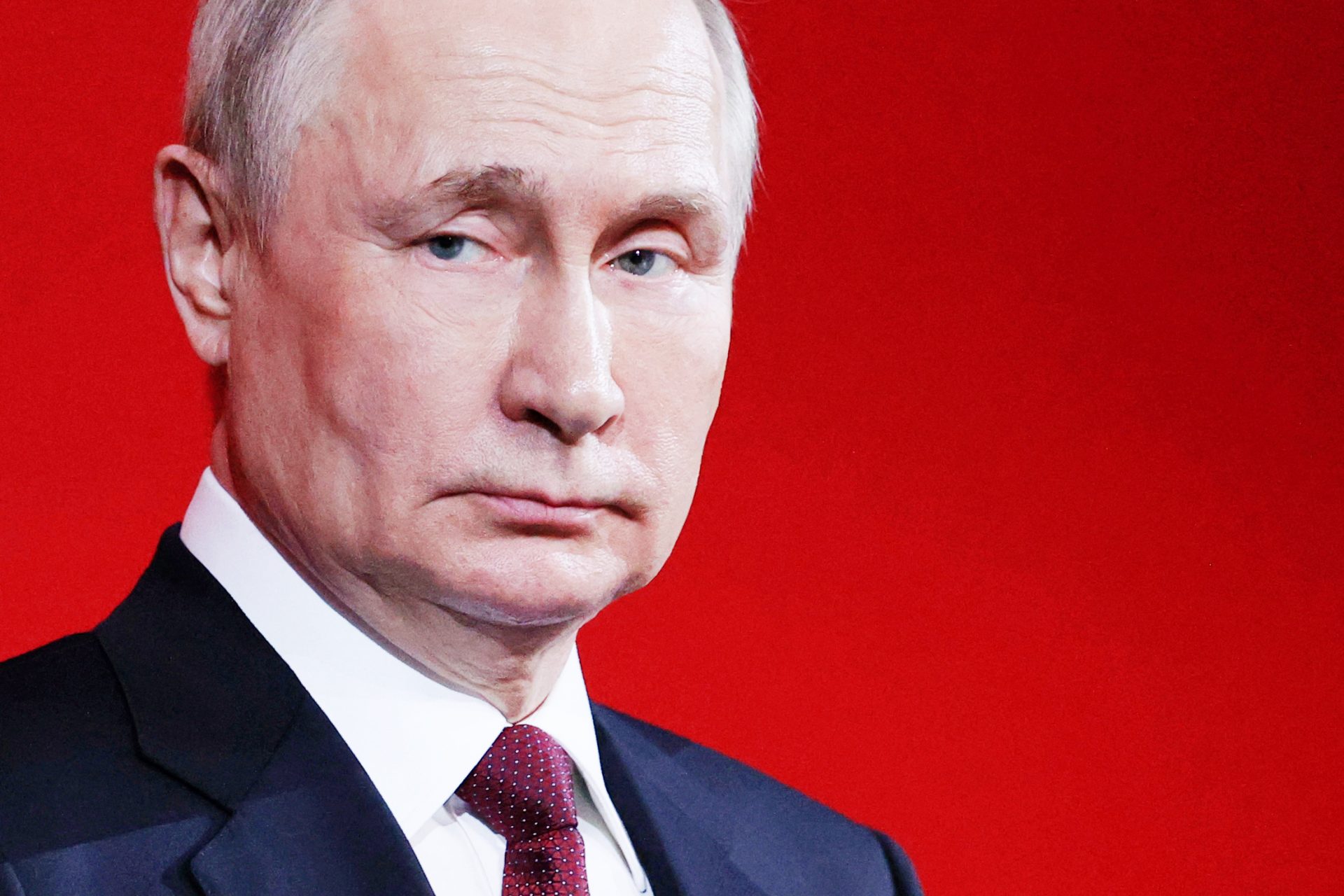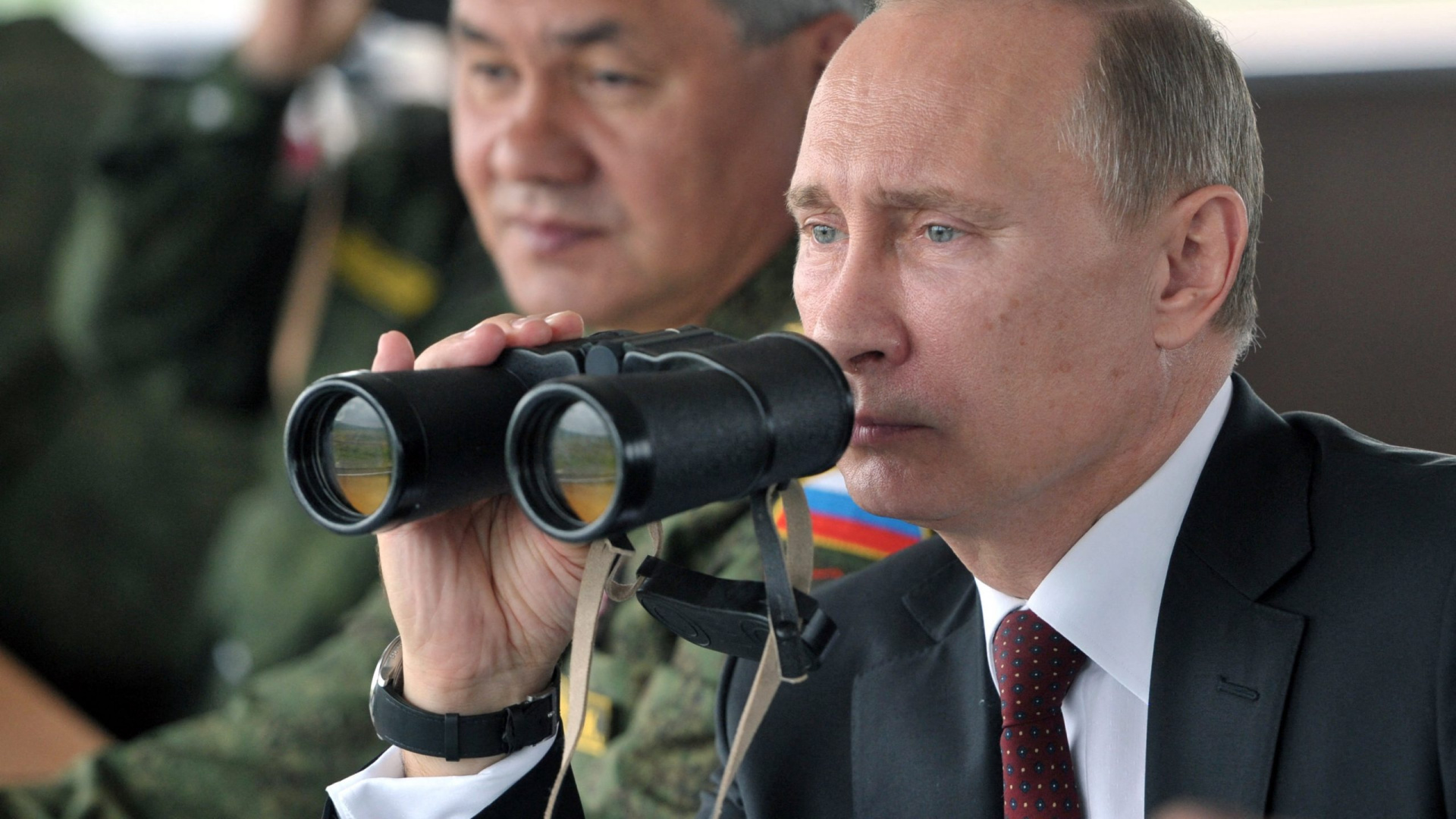The Chinese ‘spy balloon’ was able to send data to Beijing in real time
A US intelligence official told CNN that although analysis of the balloon remains ongoing, so far, its flight over the United States “does not appear to have provided critical new insights” to China.
The US also knew what the balloon’s path would be and was able to protect sensitive sites and censor some signals before the balloon was able to pick them up, US officials said in February.
The surveillance program, which includes a number of similar balloons, is in part run out of the small Chinese province of Hainan, officials told CNN.
The US does not know the precise size of the fleet of Chinese surveillance balloons, but sources told CNN that the program has conducted at least two dozen missions over at least five continents in recent years.
Roughly half a dozen of those flights have been within US airspace, although not necessarily over US territory, according to one official familiar with the intelligence.
China has maintained that the balloon was actually just a weather balloon thrown off course. In February, a Chinese Foreign Ministry spokesperson said the balloon entered US airspace accidentally.
"It is a civilian airship used for research, mainly meteorological, purposes. Affected by the Westerlies and with limited self-steering capability, the airship deviated far from its planned course," the spokesperson said in a statement in February.
The US has been assessing the possibility that it was not deliberately maneuvered into the continental US by the Chinese government, US officials told the media.
The balloon first crossed into US airspace over Alaska in late January before passing through Canada and down into Montana, where it hovered for a few days, leading the US to believe it was trying to surveil sensitive military sites, like Malmstrom Air Force Base in Montana.
It was eventually shot down by the US off the East Coast on February 4, and the incident further escalated tensions between Washington and Beijing, including the postponement of a diplomatic visit by US Secretary of State Antony Blinken to China.
More for you
Top Stories





























